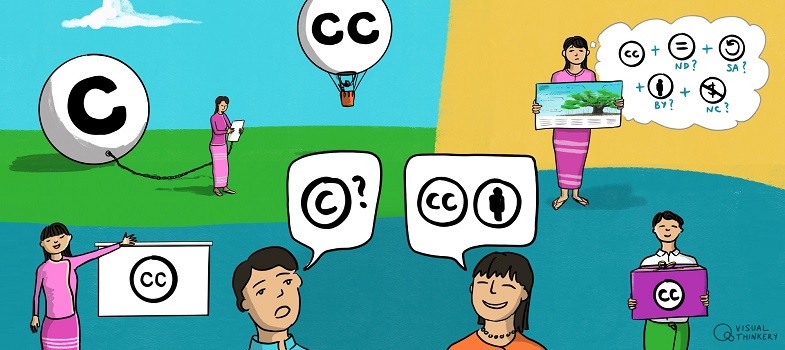Open access options
Open access authors have the opportunity to publish in a few ways; the most common are known as ‘green’ or ‘gold’ open access.
Green OA
This means making a version of the manuscript freely available in a repository. This is also known as self-archiving.
An example of green OA is a university research repository. In Myanmar, the Myanmar Education Research and Learning Portal (MERAL) – a project of the Myanmar Rectors’ Committee, National Education Policy Commission, Department of Higher Education, the Ministry of Education with support from EIFL and the National Institute of Informatics, Japan – provides free and open access to research publications (from international and local journals, theses, conference papers, etc.) Another example is The Open University’s Open Research Online (ORO).
Sometimes researchers will make a preprint of their work available: a draft that has not yet undergone peer review or been published in a journal. Preprints are often available on an open license and can also be found in institutional repositories alongside openly licensed published journal articles, dissertations and ‘closed’ journal papers, which are only available to subscribers or following an embargo period.
Gold OA
This means making the final version of the manuscript freely available immediately upon publication by the publisher, typically by publishing in an open access journal and making the article available under an open licence. An example of a gold OA journal publisher is PLOS.
Some open access journals charge an article processing charge (APC) when an author wishes to (a) publish an article online allowing for free public access and (b) retain the copyright to the article. APCs range from several dozen dollars to several thousand dollars per article. Read more about APCs at Wikipedia.
Different models of journals
